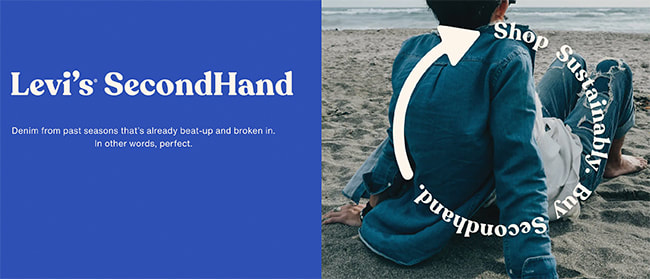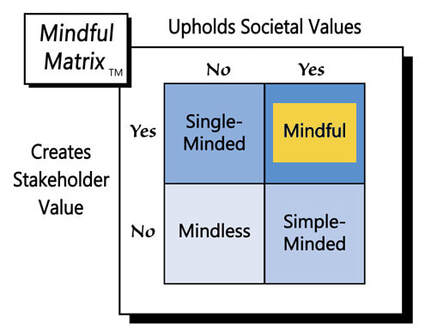author of Honorable Influence - founder of Mindful Marketing
There are many ways for both personal and organizational brands to support serenity. Top-of-mind for me and accessible for all are four peacemaking behaviors that coincidentally all begin with the letter ‘L’:
1) Listen: Anyone who has dealt successfully with dissatisfied customers knows that first and foremost they want to be heard. More often than not, just listening to and acknowledging their frustration allays their anger.
Brands that genuinely listen, for instance, through other-focused interactions on social media, model humility, which according to Mother Teresa, is an important precursor to peace: “Only humility will lead us to unity, and unity will lead to peace.”
2) Learn: When we genuinely listen, we naturally learn. When that learning is aimed at appreciating and understanding others, interpersonal and interorganizational peace often result.
Most of us have experienced situations in which our exacerbation with coworkers, classmates, or others was largely due to not knowing them well or understanding their circumstances. However, after learning both, our appreciation grew, our annoyance subsided, and a more peaceful relationship ensued.
3) Laugh: Two research colleagues and I recently completed a study about playful teasing in advertising in which we learned that good-natured ribbing builds social bonds. Not only is laughter the best medicine, it’s a great peacemaker.
As a young aspiring athlete, I enjoyed playing basketball at local playgrounds with friends. One day an older, bigger boy, known to be a ‘rough character,’ asked to join our game—with trepidation, we obliged. Tension ran high as we worried about doing something to set him off, then one of my friends playfully teased the older boy, making some ridiculous comment about him playing professional baseball. I gasped, wondering how the short-fused guy would react—he burst out laughing, the mood lightened, and gratefully the game ended without incident.
4) Love: The best way any of us can promote peace is to show others love. It’s difficult to be at odds with those who treat us charitably. Although they might cringe at calling it love, companies are often able to act compassionately on levels that individuals cannot, as this extraordinary example illustrates.
A major meat processor had a smaller competitor whose plant became submerged from unprecedented flooding. While many firms would seize the opportunity to gain market share and eliminate an adversary, the larger company showed compassion, first sending some of its own employees to help clean up the water-logged facility then, unimaginably, lending equipment so the challenger could continue to fulfill orders.
The two competitors eventually returned to vying for business but likely with uncommon mutual appreciation and respect. Like the good Samaritans in the Liberty Mutual ad, these companies remind us that reconciliation isn’t someone else’s responsibility. Every individual and organizational brand can practice peace by listening, learning, laughing, and loving, which ultimately make for “Mindful Marketing.”
Learn more about the Mindful Matrix.
Check out Mindful Marketing Ads and Vote your Mind!





 RSS Feed
RSS Feed